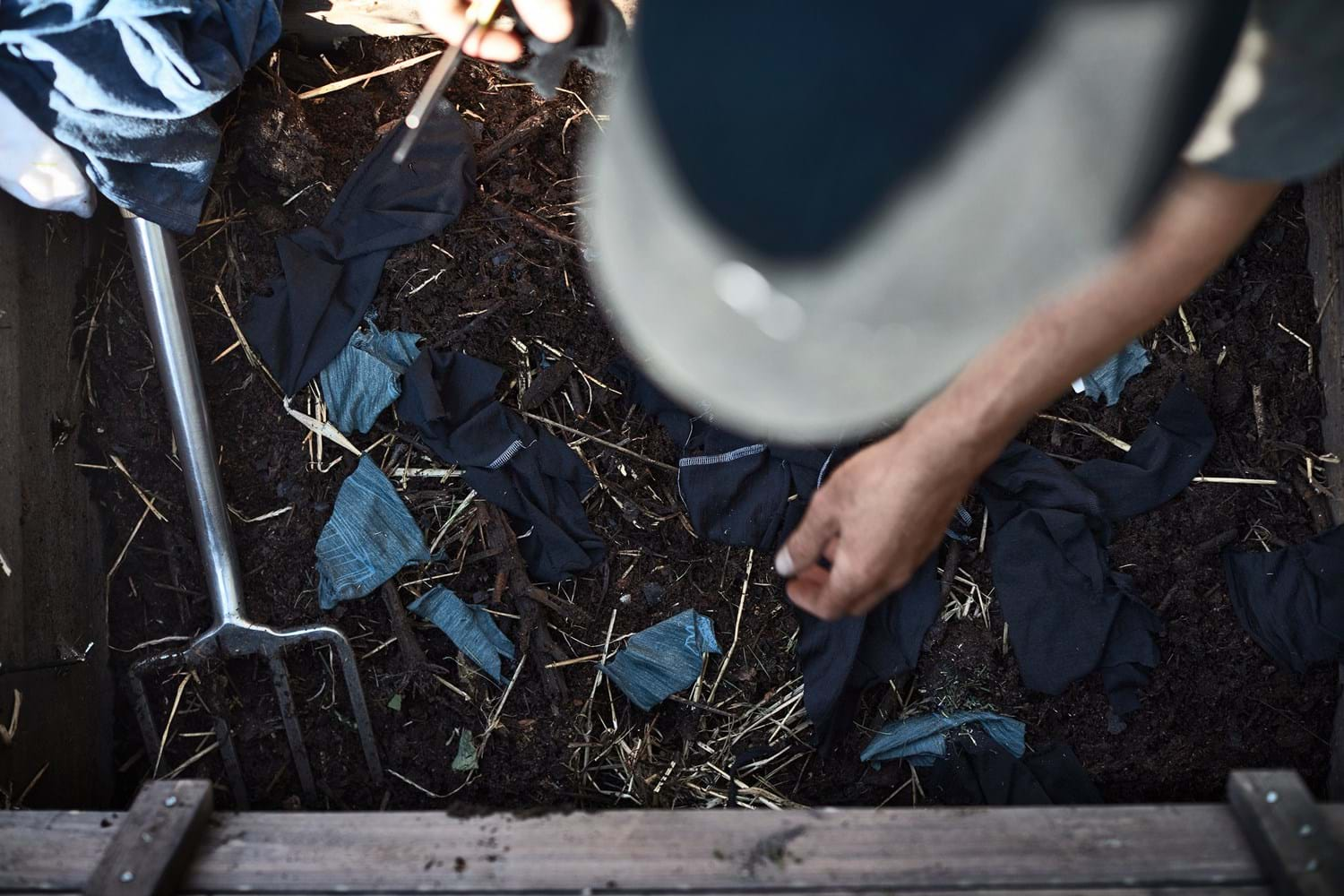
In the shop, as the most observant know by now, a particular brand has arrived that makes environmental impact a reason for living.
Houdini!
We have already told you everything about its history and how it was born, but today we want you to understand the philosophy that drives the brand and its way of working.
Are natural fibers better than synthetic ones? What will keep us warm? What is best for our planet? Let's dig deeper into the world of natural materials to better understand Houdini.

Natural materials in clothing can be many things: the cotton in your denim jeans. The wool in your base layer. Silk in your evening dress. Your grandmother's fur coat. All these materials are natural but still very different. Natural fibers can be fantastic performance materials, but also terrible ones. They can be produced sustainably but also be harmful to the environment. For all their differences, there is one thing they have in common: they are all biodegradable.
Nature is circular and Houdini designs clothes that way from the start. This means that he uses recycled and recyclable synthetic fibers or inherently biodegradable natural fibers. He never mixes natural and synthetic, because in that case they can neither be recycled nor decomposed. We see the resources we use as borrowed from nature and it is a high responsibility to ensure their return. The basic idea of circular design is that nothing goes to waste and millions of years of evolution have already engineered a whole system of materials that can break down and become building blocks for something else to grow.

In 2016, Houdini started a project to test the purity of natural garments. He lets the wool base layers go through a normal garden composting process. The land is later used to grow vegetables that end up on the plates of a gourmet restaurant.
Crazy isn't it?
From shabby clothes to a fine dining experience. The goal is to showcase the beauty of the circular design and test whether the clothes would actually decompose and leave behind nothing but healthy soil.

In short, Houdini uses only two natural fibers: Merino wool and Tencel ™ Lyocell. These two fibers have many advantages, both in terms of performance and sustainability.
Merino wool: a fiber with magical qualities
Merino wool is a fiber with almost magical qualities. It provides fantastic insulation on cold winter days, but is also cool on the skin in the summer. It is naturally antibacterial, keeping the garment fresh longer than any other fabric. It also stays warm even when wet. These characteristics make merino wool a given foundation in any natural sportswear. Anyone from North Sea fishermen to 18th century explorers can attest to the qualities of wool. The wool that Houdini uses is always traceable and always free from mulesing.
Tencel - wear the forest
Tencel ™ Lyocell is an elegant and resistant fiber made from cellulose, a natural compound that forms plants and trees. Tencel feels cool against the skin and is highly breathable. It can also absorb moisture very well. At Houdini, they use different blends of Tencel and merino wool. It gives wool a nice drape, adds texture and acts as a stiffener for some material constructions. Tencel is produced in a very sustainable way, using fast growing FSC certified trees. The chemicals and water used in manufacturing can be reused and come back at a rate of over 99%. Tencel ™ Lyocell is produced in Lenzing, Austria and marked with the EU ecolabel.

The number of collections produced by the brand made up of natural fibers is increasing, but woe to talk about a "return to nature". Natural fibers are constantly being developed using new technologies and new wool fabrics are like nothing you have ever seen before. Everything is highly breathable and airy. We all have to question the old truths about wool and other natural materials.
To sum up and draw a moral from it, Houdini loves natural materials. Aside from the performance and sustainability benefits, natural fibers have tactile qualities that are hard to match. The touch on the skin. The way they look and age over time. The way they move silently. There's also a poetic beauty to using pure natural materials in clothing designed for use outdoors.
SHOP HERE.

